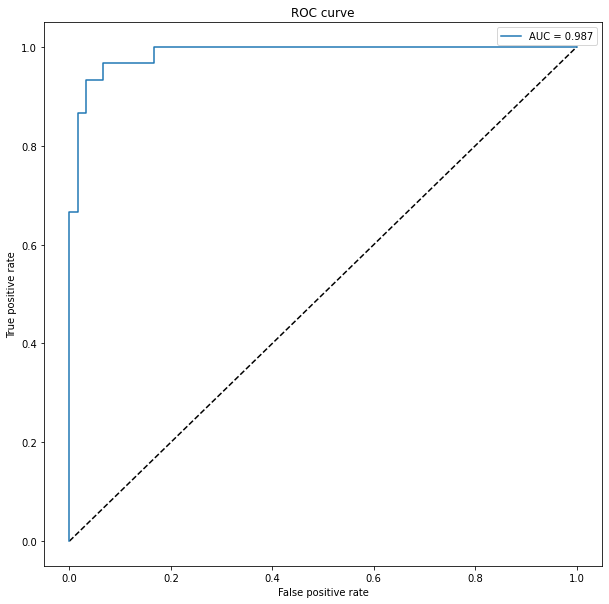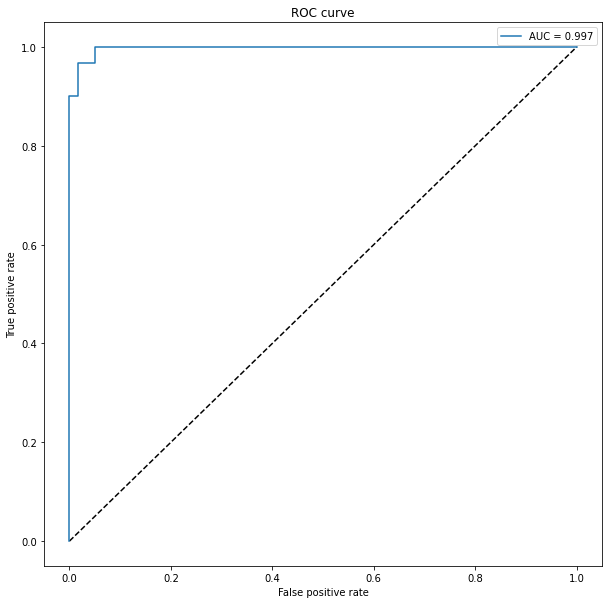|
#!/usr/bin/env python |
|
# coding: utf-8 |
|
|
|
|
|
# Pytorch Iris dataset training code borrowed from |
|
# https://janakiev.com/blog/pytorch-iris/ |
|
# |
|
# Paper:Leveraging Uncertainties in Softmax Decision-Making Models for Low-Power IoT Devices |
|
# Authors: Chiwoo Cho, Wooyeol Choi and Taewoon Kim |
|
# Sensors 2020, 20(16), 4603; https://doi.org/10.3390/s20164603 |
|
# Link: https://www.mdpi.com/1424-8220/20/16/4603/htm |
|
# |
|
# Implemented Gananath R |
|
|
|
import numpy as np |
|
import pandas as pd |
|
import matplotlib.pyplot as plt |
|
|
|
from sklearn.datasets import load_iris |
|
from sklearn.model_selection import train_test_split |
|
from sklearn.preprocessing import StandardScaler |
|
|
|
import torch |
|
import torch.nn.functional as F |
|
import torch.nn as nn |
|
from torch.autograd import Variable |
|
|
|
seed = 2022 |
|
torch.manual_seed(seed) |
|
np.random.seed(seed) |
|
|
|
|
|
def jains_fairness_index(output, precision=4): |
|
sum_squared = torch.sum(output, axis=1) ** 2 |
|
squared_sum = torch.sum(torch.square(output), axis=1) |
|
fairness_idx = (sum_squared / (output.shape[1] * squared_sum)) ** precision |
|
return 1 - fairness_idx.mean() |
|
|
|
|
|
iris = load_iris() |
|
X = iris["data"] |
|
y = iris["target"] |
|
names = iris["target_names"] |
|
feature_names = iris["feature_names"] |
|
|
|
# Scale data to have mean 0 and variance 1 |
|
# which is importance for convergence of the neural network |
|
scaler = StandardScaler() |
|
X_scaled = scaler.fit_transform(X) |
|
|
|
# Split the data set into training and testing |
|
X_train, X_test, y_train, y_test = train_test_split( |
|
X_scaled, y, test_size=0.2, random_state=2 |
|
) |
|
|
|
|
|
class Model(nn.Module): |
|
def __init__(self, input_dim): |
|
super(Model, self).__init__() |
|
self.layer1 = nn.Linear(input_dim, 50) |
|
self.layer2 = nn.Linear(50, 50) |
|
self.layer3 = nn.Linear(50, 3) |
|
|
|
def forward(self, x): |
|
x = F.relu(self.layer1(x)) |
|
x = F.relu(self.layer2(x)) |
|
x = F.softmax(self.layer3(x), dim=1) |
|
return x |
|
|
|
|
|
model = Model(X_train.shape[1]) |
|
optimizer = torch.optim.Adam(model.parameters(), lr=0.001) |
|
loss_fn = nn.CrossEntropyLoss() |
|
model |
|
|
|
import tqdm |
|
|
|
EPOCHS = 100 |
|
X_train = Variable(torch.from_numpy(X_train)).float() |
|
y_train = Variable(torch.from_numpy(y_train)).long() |
|
X_test = Variable(torch.from_numpy(X_test)).float() |
|
y_test = Variable(torch.from_numpy(y_test)).long() |
|
|
|
loss_list = np.zeros((EPOCHS,)) |
|
accuracy_list = np.zeros((EPOCHS,)) |
|
|
|
for epoch in tqdm.trange(EPOCHS): |
|
y_pred = model(X_train) |
|
loss = loss_fn(y_pred, y_train) + jains_fairness_index(y_pred) |
|
loss_list[epoch] = loss.item() |
|
|
|
# Zero gradients |
|
optimizer.zero_grad() |
|
loss.backward() |
|
optimizer.step() |
|
|
|
with torch.no_grad(): |
|
y_pred = model(X_test) |
|
correct = (torch.argmax(y_pred, dim=1) == y_test).type(torch.FloatTensor) |
|
accuracy_list[epoch] = correct.mean() |
|
|
|
|
|
from sklearn.metrics import roc_curve, auc |
|
from sklearn.preprocessing import OneHotEncoder |
|
|
|
plt.figure(figsize=(10, 10)) |
|
plt.plot([0, 1], [0, 1], "k--") |
|
|
|
# One hot encoding |
|
enc = OneHotEncoder() |
|
Y_onehot = enc.fit_transform(y_test[:, np.newaxis]).toarray() |
|
|
|
with torch.no_grad(): |
|
y_pred = model(X_test).numpy() |
|
fpr, tpr, threshold = roc_curve(Y_onehot.ravel(), y_pred.ravel()) |
|
|
|
plt.plot(fpr, tpr, label="AUC = {:.3f}".format(auc(fpr, tpr))) |
|
plt.xlabel("False positive rate") |
|
plt.ylabel("True positive rate") |
|
plt.title("ROC curve") |
|
plt.legend() |


